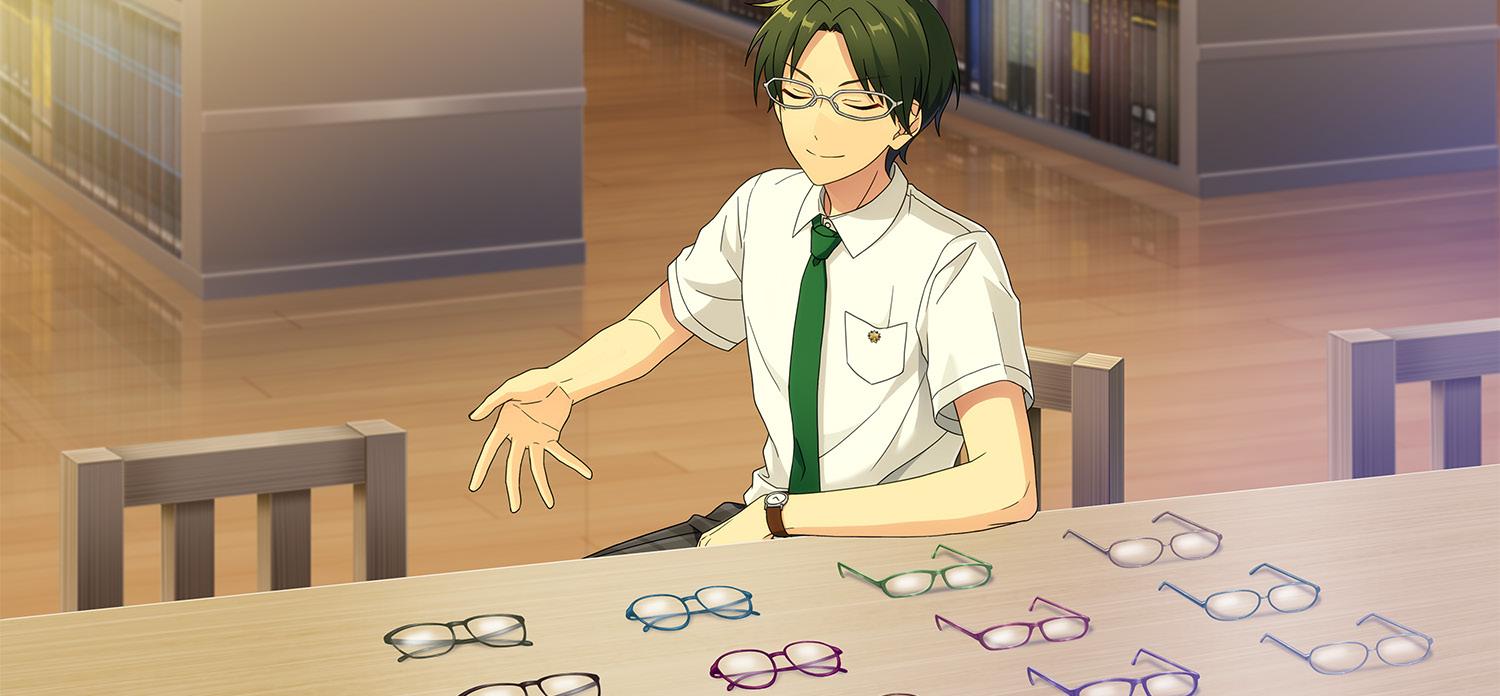
2 minute read
DESIGN SPECS OF A GLASSES CHARACTER
"ELLIOT LU - Artist, 3rd Year, Industrial Engineering and Business"
“Megane is love, Megane is life”
Advertisement
This issue has been aggresively brought to you by Elliot Lu -Editor-
Originally published on Oct. 10, 2019
The most important design note of a character who wears glasses is frequently the glasses.
Unlike in real life, where glasses mean you just can’t see without them, glasses carry insight into character personalities or become a metaphor for something else. Rarely do you see a character that doesn’t fall into a glasses trope within anime -- character design often defaults to no glasses, and they are then added for a specific reason.
Certain recurring traits pop up in fictional characters who have glasses. The glasses tend to signal that the character is serious, with differences between female and male characters. Male and female glasses characters overlap in the student council, smart, logical, visually cool character tropes.

Sakamoto, from Sakamoto Desu Ga, is a perfect representation of how male glasses characters are both funny and serious. He is the ideal student and competent at all things, which gets played for comedy because he goes to absurd and extreme ends to do very ordinary things. He is known as “Bayonetta’s son” within fandom, and the contrast between Sakamoto and Bayonetta’s presentation in their franchises mirrors the general approach to male versus female megane characters. Bayonetta is a video game protagonist noted for her sex appeal and legendary gun heels, with glasses tied into her core design. She’s one hell of a sexy witch, and just as over the top as Sakamoto, but while Sakamoto stars in a comedy franchise, Bayonetta leads a fanservice-y, action-adventure franchise. The glasses trope is prone to the same stereotypes that male and female anime characters tend to fall into - female characters are emphasized for their femininity, whether cute or sexual, unlike their male counterparts, which can be masculine without it being their defining visual.
One major subversion of the glasses character trope occurs in Persona 4, where they flat out give almost everyone glasses, so personality design ends up being non-important in relation to wearing glasses. Instead of the presence of glasses being a shorthand for character personality types, Persona 4 uses glasses as a literal sense for its characters to see through dense fog in a crazy alternate dimension called the TV world. Every single main character wore them (except Teddie), and then removed them as a metaphor for when the fog was dispelled at the same time as the truth behind P4’s mystery was revealed. Ironically, P4 also falls back into the glasses character trope by giving each character different glasses symbolic to their personality type - the beautiful Yukiko with delicate red wire frames, the strong delinquent Kanji with shaded sunglasses, and the spunky tomboy Chie with bright yellow thick rims, and so forth. So the distinction between design stereotype and unique personality symbolism is that wearing glasses did not associate with their personality types, but they were given certain types of glasses frames to match personalities.
In the end, glasses are a useful visual shorthand within animanga franchises. After all, it’s similar to how younger characters have bigger eyes, or how straight cut bangs go on traditionally Japanese characters. For better or worse, giving a character glasses is a strong way to associate certain personalities with an appearance.




